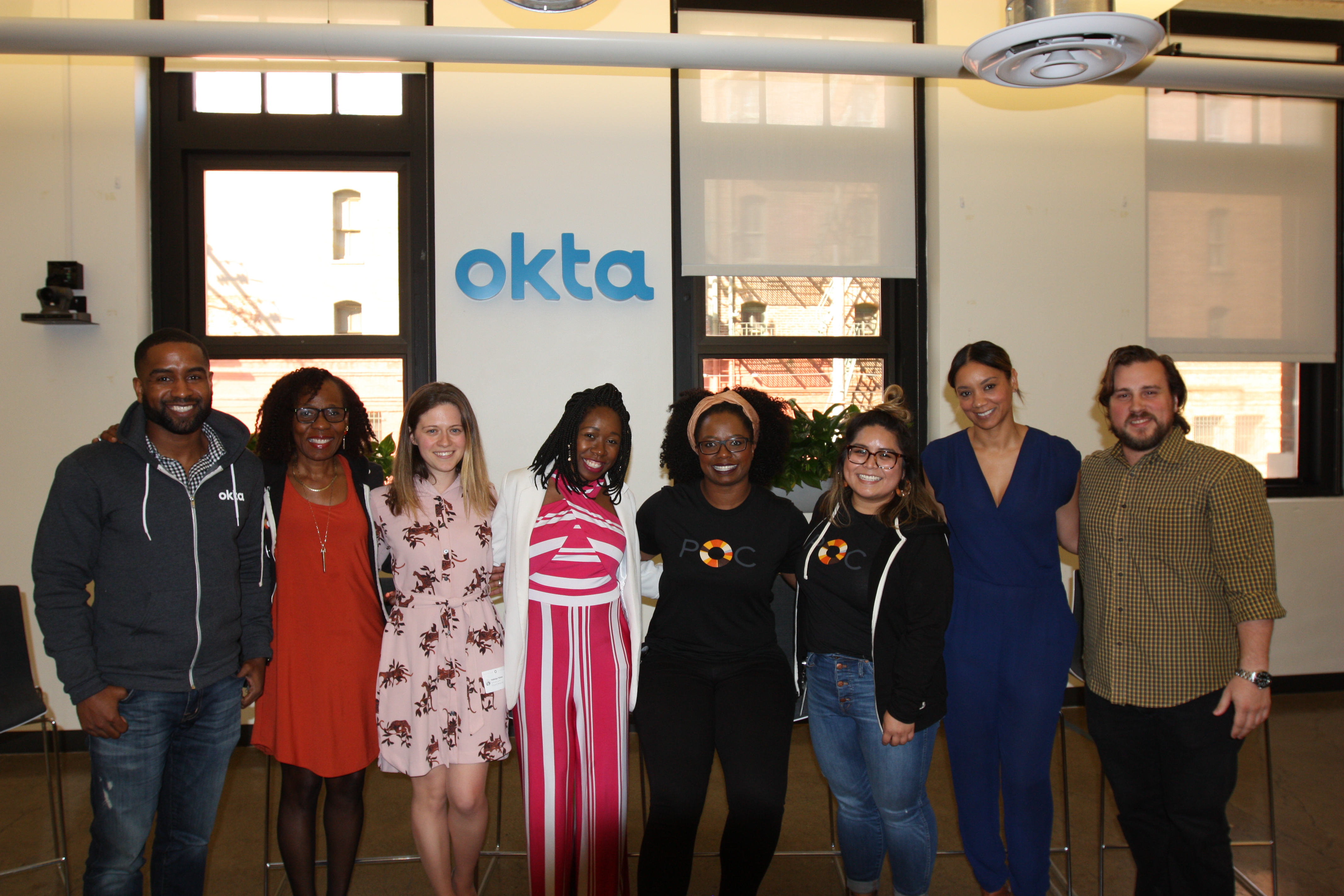5 Ways to Address the Diversity Pipeline Problem in Tech
We all know there is a serious pipeline problem when it comes to diversity in tech. In fact, Black or Latinx employees comprise “just 10% of technical employees in the tech workforce” according to the Kapor Center for Social Impact’s Leaky Tech Pipeline Report. The report outlines six key areas across the pipeline where the larger tech community can collaboratively help reverse course.
Using this report as our foundation, People of Color at Okta brought together diversity and inclusion experts from the Kapor Center for Social Impact, Dropbox, Adobe, and Okta to discuss the importance of diversity in the workplace, the responsibilities of companies in creating and fostering inclusive workplaces, and how to attract and retain diverse talent.
Here are the key takeaways that I hope educate, inspire, and become a call to action for all of us:
More diverse companies are more successful. While there’s a ton of data that shows more diverse companies are more successful, there hasn’t been a ton of movement on the diversity front in the tech. While many brands want to better reach a global audience, without adequate representation, it becomes impossible to be mindful and inclusive of the many segments of consumers across the world.
Diversity is a problem that can’t be solved by one company. It is going to take collaboration and resources from many to incite a significant change. Okta, in partnership with community organizations and other companies, can do its part by pooling resources and creating a focused effort. Expanding the talent pipeline starts early, so partnering with organizations that improve opportunities for students as early as K-12 is critical.
Recycling diverse talent from one company to the next isn’t solving the problem. Recycling talent (especially in some of the larger tech companies) is simply re-allocating talent. Companies in a position to hire entry-level talent should think outside of the box and focus on core competencies and ability to be successful moving forward as opposed just experience and pedigree. Another key factor in shaking up your pipeline? Move away from a recruiting strategy that focuses on referrals and candidates in your geographic community, which ultimately creates networks that are homogenous.
For inclusion, unconscious bias training is a start, but not the end all be all. There needs to be follow-up and training around ways to overcome a bias once it’s identified. Creative solutions outside of surveys and formal trainings may be a more effective vehicle. One participant even suggested acting out real-world scenarios to help employees better empathize with those who experience bias on an everyday basis. .
Employee resource groups (ERGs) are vital. ERGs play a vital role in helping create inclusive, safe spaces for everyone. They provide access to resources, expose people to new opportunities (like leadership and professional development) and encourage cross-team communication which is always a great place to start. Retaining talent means making sure everyone has an equitable experience – and committing time and budget to ERGs plays a critical role in this.
At the end of the panel, an audience member asked, “What does success look like?” The panel had varying responses, but agreed on one thing. There will never be a number we can point to saying “we’ve been successful.” But, to be successful, everyone needs to come to the table and participate. Having people that are committed is success. Giving all employees what they need to do their best work is success. And even the small wins are success.
Do you have a small win to share or a tip for us? Reach out to [email protected] or share with @Okta on Twitter.


